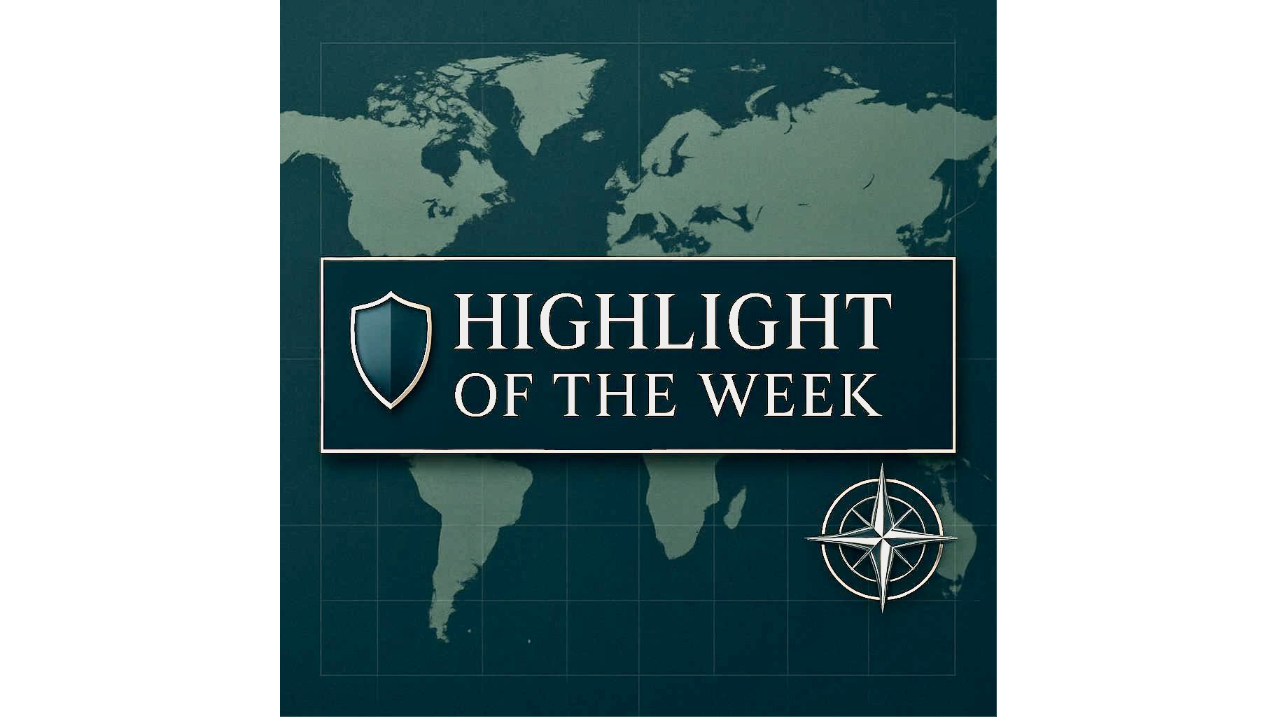The Crisis of Russian Railroads Amid Sanctions and War: 2022-2025
Since the onset of Russia’s invasion of Ukraine in 2022, the Russian economy has faced mounting pressure from sweeping Western sanctions and the logistical demands of sustained conflict. Nowhere are these pressures more visible than in Russia’s critical railroad sector.
Given the expanse of Russia, and for anyone who has been on Russian rail over a distance, railroads are critical infrastructure for the operation of the Russian economy and a critical transport hub for its population. This is especially true as the Russian automotive sector is even deeper crisis than its rail sector.
As sanctions bite and the state prioritizes military mobilization, Russian railroads are in deep crisis which is a development with profound economic and geopolitical implications.
One of the most striking indicators of the rail sector’s woes has been the dramatic fall in freight traffic.
For three consecutive years, Russian Railways (RZD) has registered shrinking cargo volumes, with late 2024 seeing over a 5% year-on-year decline and the lowest total carried since 2009.
This slump is paired with a significant drop in freight train speeds, which tumbled to an average of just 36-40 km/h and occasionally even lower which matched levels unseen since the early post-Soviet era.
Several interrelated factors are responsible for the rail system’s collapse:
- Sanctions-Driven Spare Parts Crisis: Western sanctions have cut off RZD’s access to essential locomotive parts, bearings, electronics, and new technologies. As a result, rolling stock maintenance has suffered, with a growing number of idle or out-of-service railcars and persistent locomotive shortages.
- Frozen Investment: Declining profits and blocked financing from the West have forced the cancellation or indefinite postponement of vital infrastructure upgrades and modernization projects.
- Labor Shortages: War mobilization has pulled thousands of railway personnel whether from engineers or from repair crews inducted into military service has exacerbated understaffing issues across the system.
- Logistics Under Strain: The pivot away from European trade toward Asian markets has choked main lines with redirected cargo and competing military supply traffic which has worsened congestion, delays, and equipment underutilization.
The shortage of containers, flatbeds, and specialized rolling stock due to equipment attrition and trade redirection has sharply driven up freight costs.
Shippers are increasingly forced to improvise, undertake complex rerouting, and deal with logistical uncertainty, further delaying the movement of goods. With maintenance budgets slashed and fewer available parts, track conditions are deteriorating and the threat of line closures has grown, especially on less-profitable or remote routes.
Russia’s railroads are a backbone of both its domestic economy and its international trade.
Persistent dysfunction is undermining Moscow’s ambitions to realign commerce toward Asia and cement itself as a Eurasian transit power.
The logistical weaknesses have already strained relations with partners such as China, who now increasingly explore alternative routes to bypass Russian infrastructure.
Even if sanctions were suddenly lifted and hostilities ended, a full recovery of the Russian railroad system would take years.
The cumulative damage from underinvestment, labor loss, technological isolation, and logistical disorder will continue to weigh heavily on Russia’s economic prospects and international leverage.

